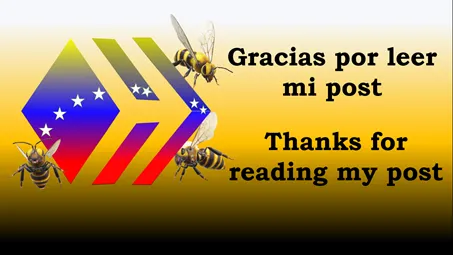Saludos a toda la comunidad.
Hace no mucho vi un pequeño reportaje, no recuerdo quién lo hizo, recuerdo que el reportaje era en blanco y negro. Este reportero hacía un gran esfuerzo por explicar porque una moneda, cualquier moneda de circulación no debería tener de nombre algún prócer, por ejemplo, que el dólar o los centavos se llegaran a llamar Washington… Él hacía referencia esto a que la moneda nacional venezolana no debería ser el Bolívar. Él quería explicar que al principio se diría con mucho orgullo que la moneda era el Bolívar, pero con el tiempo ese nombre perdería su valor simbólico al punto de que se le faltaría el respeto y que por esto era muy importante que nuestra moneda no tuviera el nombre de un prócer tan importante como Bolívar.
Este periodista tenía razón en muchas cosas y lo vivimos cada vez que se devaluaba la moneda, esto al punto de que se veían muchos Bolívares “sin valor” tirados en las calles y hasta incendiados. Cuando veía algo así, pensé que no todos veían a Bolívar tirado en el suelo, solo veían un papel. Este pensamiento me daba algo de alivio, pero el sentimiento de incomodidad aún estaba presente.
Así que cuando se presentó este paseo definitivamente fue un momento de reflexión. Al comenzar el paseo, es como empezar un paseo a cualquier otro lugar. Recorriendo un Boulevard muy tranquilo y muy fresco con árboles altos.
Greetings to the whole community.
Not long ago I saw a small report, i do not remember who did it, i know that the report was in black and white. This reporter made a great effort to explain why a currency, any currency in circulation should not be named after some hero, for example, that the dollar or the cents should be called Washington... He was referring to the fact that the Venezuelan national currency should not be the Bolivar. He wanted to explain that at the beginning it would be said with great pride that the currency was the Bolivar, but with time that name would lose its symbolic value to the point that it would be disrespected and that for this reason it was very important that our currency should not have the name of such an important hero as Bolivar.
This journalist was right in many things and we experienced it every time the currency was devalued, to the point that many "worthless" Bolivars were seen lying in the streets and even set on fire. When i saw something like this, i thought that not everyone saw a Bolivar lying on the ground, they only saw a piece of paper. This thought gave me some relief, but the feeling of discomfort was still present.
So when this walk came up it was definitely a moment of reflection. As the walk began, it was like starting a walk to anywhere else. Walking along a very quiet and very cool Boulevard with tall trees.
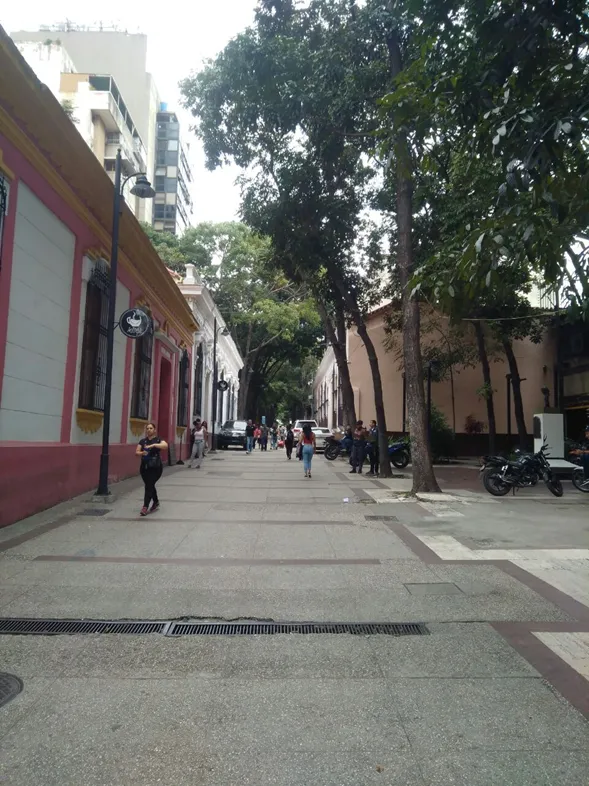
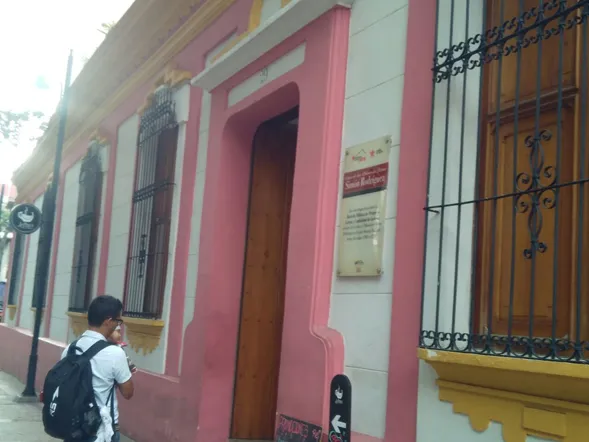
Pero, a medida que te vas adentrando en el recorrido, la historia se hace presente.
Casa de las Primeras Letras Simón Rodríguez. Donde impartieron clases ilustres como Simón Rodríguez y Andrés Bello a personajes como un tal Simón Bolívar.
But, as you go deeper into the tour, history becomes present.
Casa de las Primeras Letras Simón Rodríguez. Where illustrious people such as Simón Rodríguez and Andrés Bello taught classes to characters such as a certain Simón Bolívar.
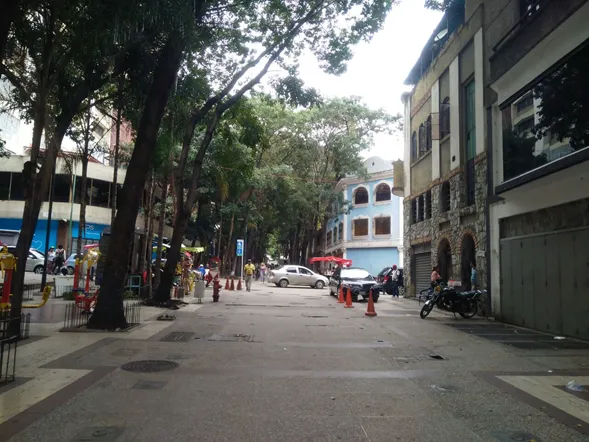
Siguiendo por el Boulevard Panteón nos encontramos con una pequeña plaza entre edificios.
Continuing along the Boulevard Panthéon we find a small square between buildings.
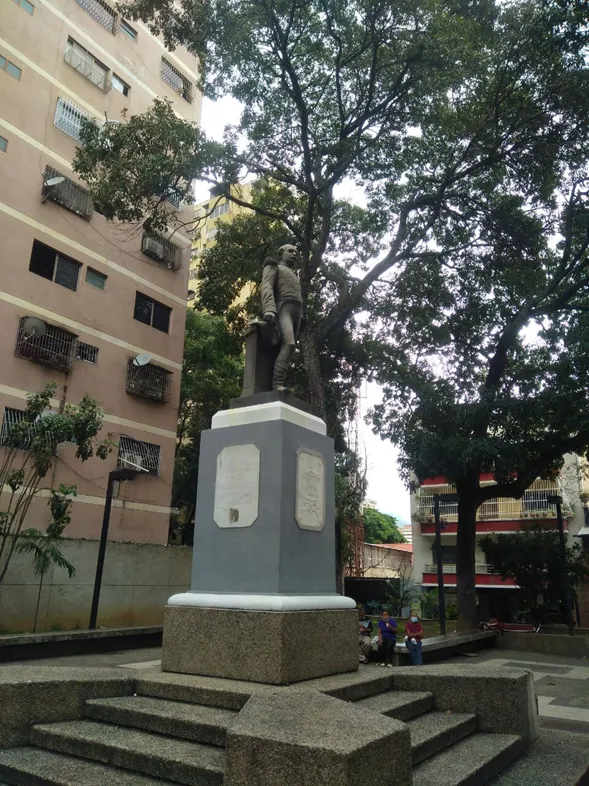
Gran Ciudadano Mariscal Juan Crisóstomo Falcón Fundador de la Federación en Venezuela
Gran Ciudadano Mariscal Juan Crisóstomo Falcón Founder of the Federation in Venezuela
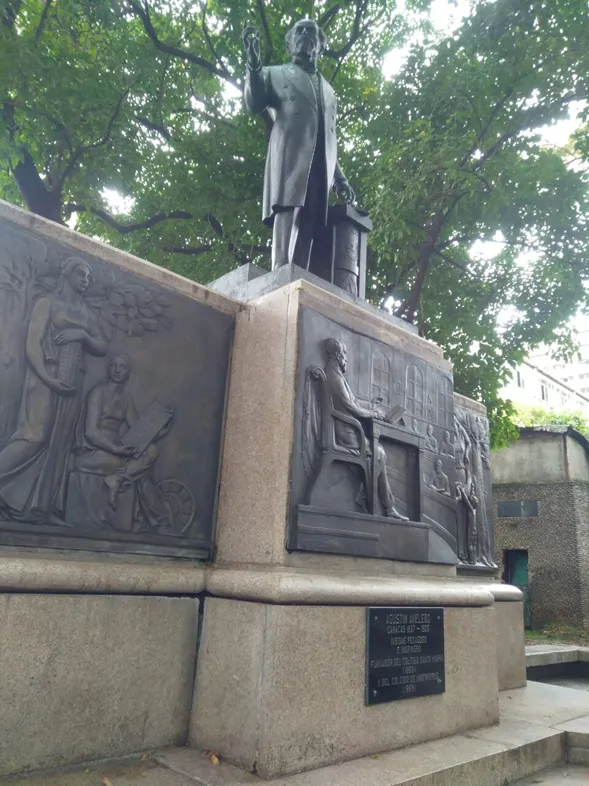
Agustín Aveledo (1837-1926) Insigne Pedagogo e Ingeniero. Fundador del Colegio Santa María (1859) Y del Colegio de Ingenieros (1869)
Agustín Aveledo (1837-1926) Illustrious Pedagogue and Engineer. Founder of the Santa María College (1859) and the College of Engineers (1869).

Pasos más adelante, pasamos por debajo del puente Trinidad, abajo había canchas de básquet. Al fondo a mano izquierda pueden ver el Panteón Nacional. Antes de presentárselo formalmente, les mostraré un poco los alrededores que está compuesto de Bustos de muchos filósofos del mundo, tengo entendido varios de ellos fueron donados cuando se consolidan relaciones con otros países. También tiene un ambiente muy agradable para pasar el rato, estudiar y como mencioné, reflexionar.
A few steps ahead, we passed under the Trinidad bridge, below were basketball courts. At the back left hand side you can see the National Pantheon. Before i formally introduce it to you, i will show you a little bit of the surroundings, it is composed of busts of many philosophers of the world, i understand several of them were donated when relations with other countries were consolidated. It also has a very pleasant environment to hang out, study and as i mentioned, reflect.

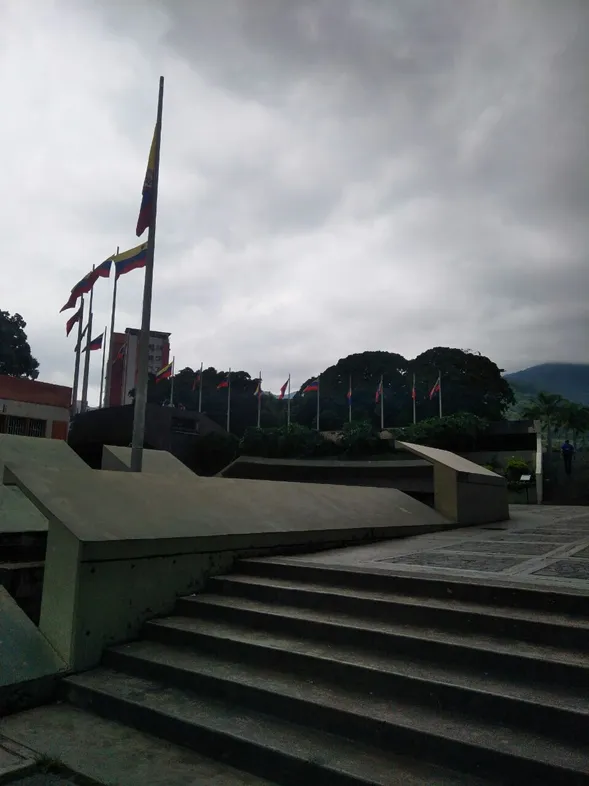
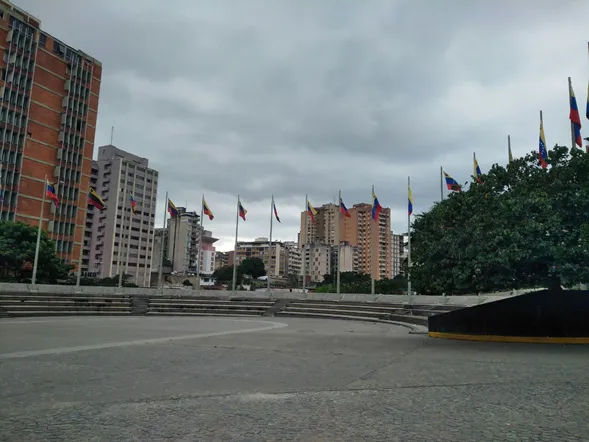
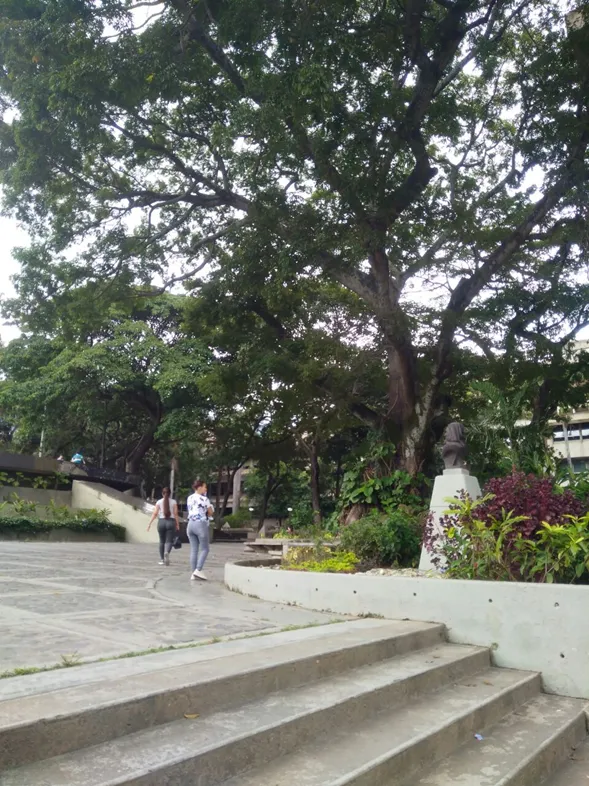
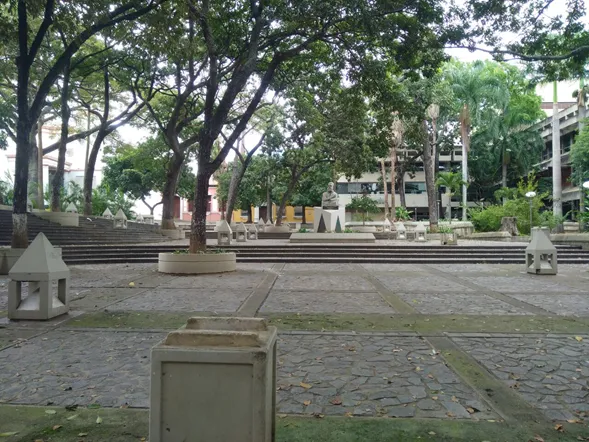
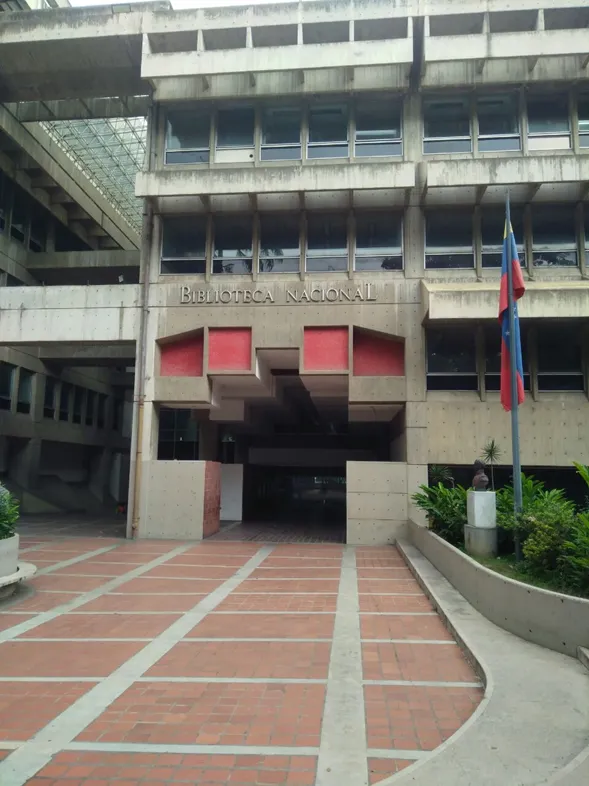
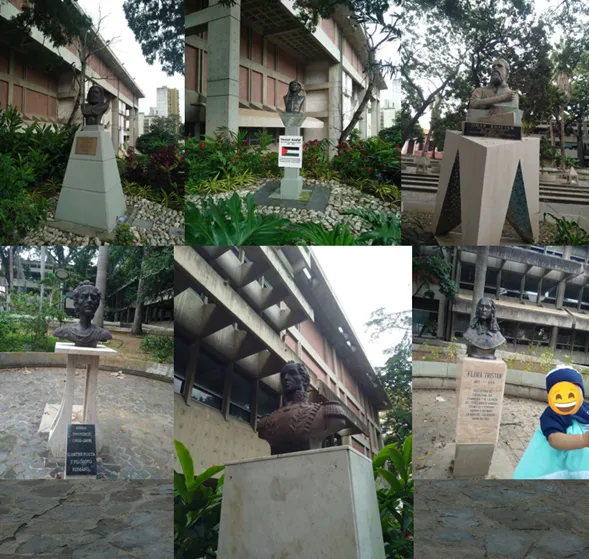
Bustos de El emir Abdelkade, Yasser Arafat, Omar Khayyam, Mihai Eminescu, Simón Bolívar y Flora Tristan.
Y ahora les presento el Panteón Nacional, es una estructura muy hermosa.
Busts of El emir Abdelkade, Yasser Arafat, Omar Khayyam, Mihai Eminescu, Simon Bolivar and Flora Tristan.
And now i present to you the National Pantheon, it is a very beautiful structure.
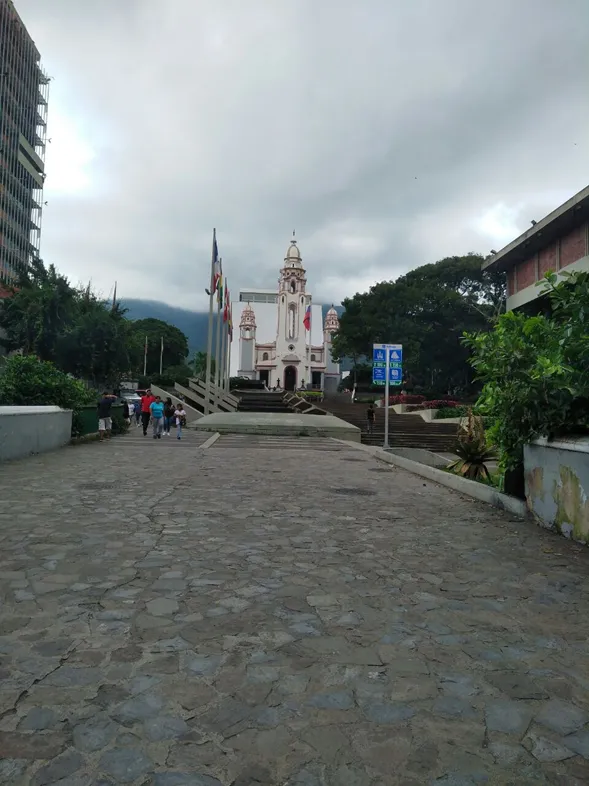
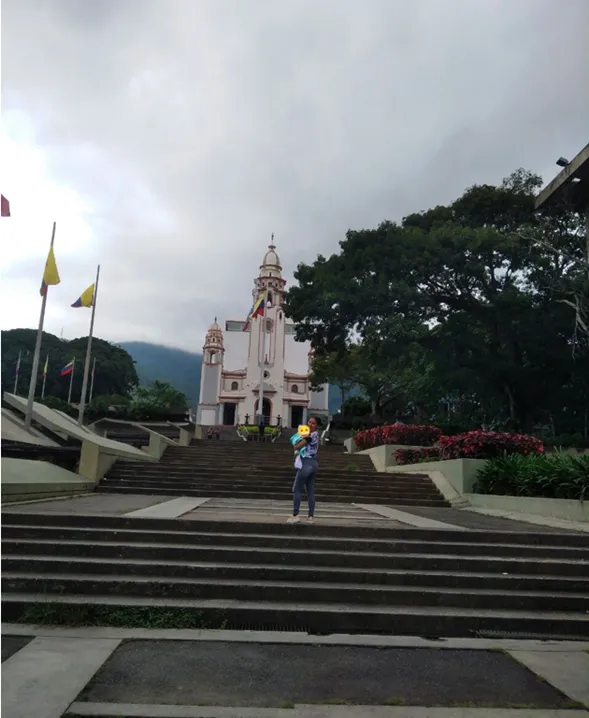
Podrán notar su parecido a una iglesia y esto es porque antes de que se depositaran los restos del Libertador Simón Bolívar y otros personajes influyentes en la historia de Venezuela, era la Iglesia de la Santísima Trinidad hasta que el presidente Antonio Guzmán Blanco (1829-1899) lo convirtieran en el actual Panteón Nacional.
You may notice its resemblance to a church and this is because before the remains of the Liberator Simón Bolívar and other influential people in the history of Venezuela were deposited there, it was the Church of the Holy Trinity until President Antonio Guzmán Blanco (1829-1899) turned it into the current National Pantheon.
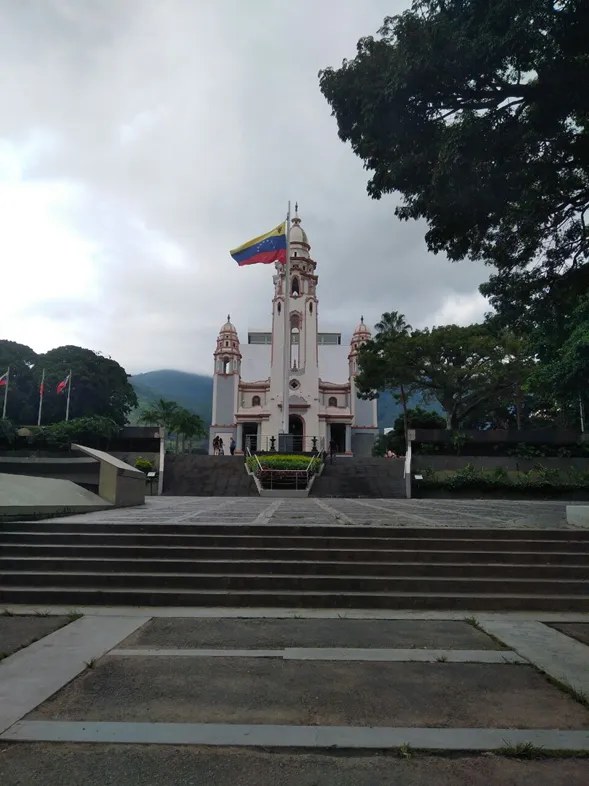
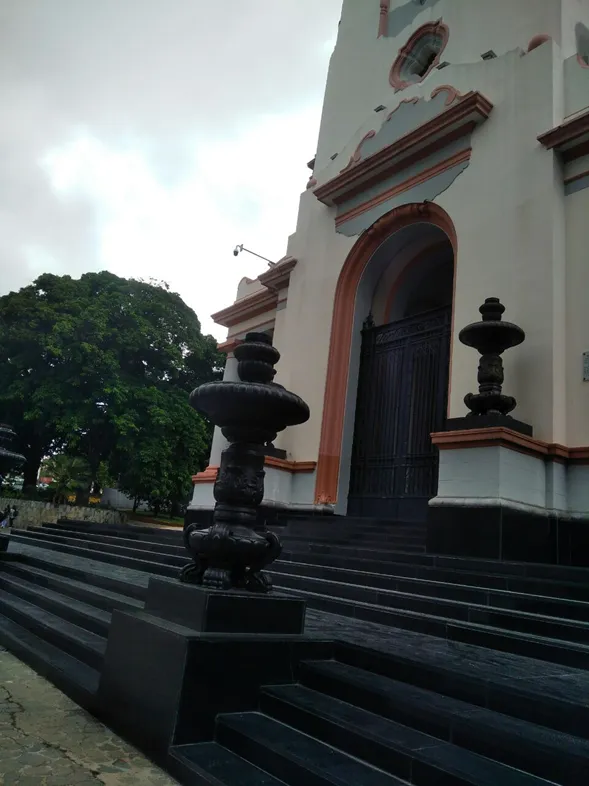
Algunos personajes depositados en el Panteón Nacional van desde presidentes de la república, militares, políticos hasta pintores, sacerdotes, médicos o profesores algunos son: Andrés Eloy Blanco, Antonio Guzmán Blanco, Armando Reverón, Arturo Michelena, César Rengifo, Cipriano Castro, Ezequiel Zamora, Arístides Rojas, Francisco de Ibarra, Luisa Cáceres de Arismendi, Manuela Sáenz, Martín Tovar y Tovar, Simón Rodríguez, Teresa de la Parra, Teresa Carreño y otros de los cuales pueden saber aquí .
Some of the personalities deposited in the National Pantheon range from presidents of the republic, military, politicians to painters, priests, doctors or professors, some of them are: Andrés Eloy Blanco, Antonio Guzmán Blanco, Armando Reverón, Arturo Michelena, César Rengifo, Cipriano Castro, Ezequiel Zamora, Arístides Rojas, Francisco de Ibarra, Luisa Cáceres de Arismendi, Manuela Sáenz, Martín Tovar y Tovar, Simón Rodríguez, Teresa de la Parra, Teresa Carreño and others of which you can learn about here .
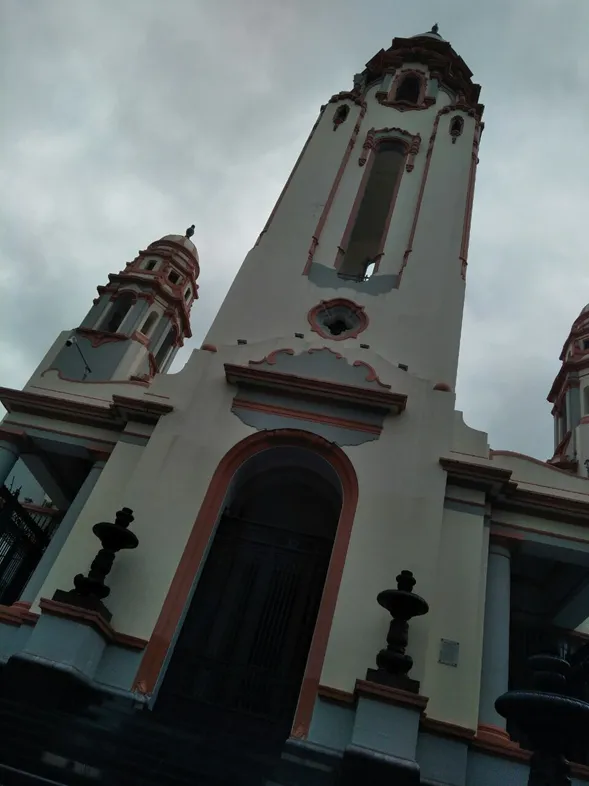

Me hubiese gustado entrar, porque según leí, está adornada con obras de Británico Antonio Salas Díaz (Tito Salas), un emblemático artista venezolano.
Ya hasta aquí el paseo estaba completo, pero caminamos un poco más y contiguo al Panteón Nacional nos encontramos una imponente estructura:
I would have liked to go inside, because according to what i read, it is adorned with works by Británico Antonio Salas Díaz (Tito Salas), an emblematic Venezuelan artist.
So far the tour was complete, but we walked a little further and next to the National Pantheon we found an stunning structure:
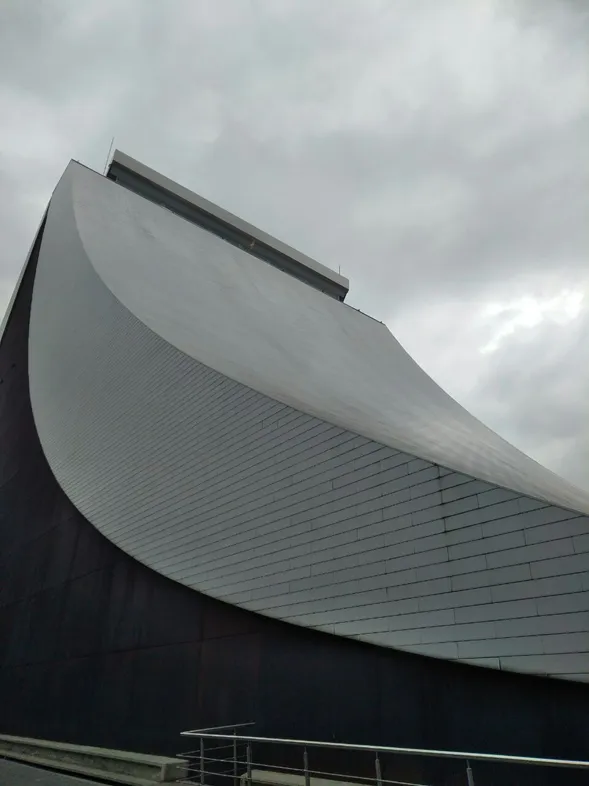
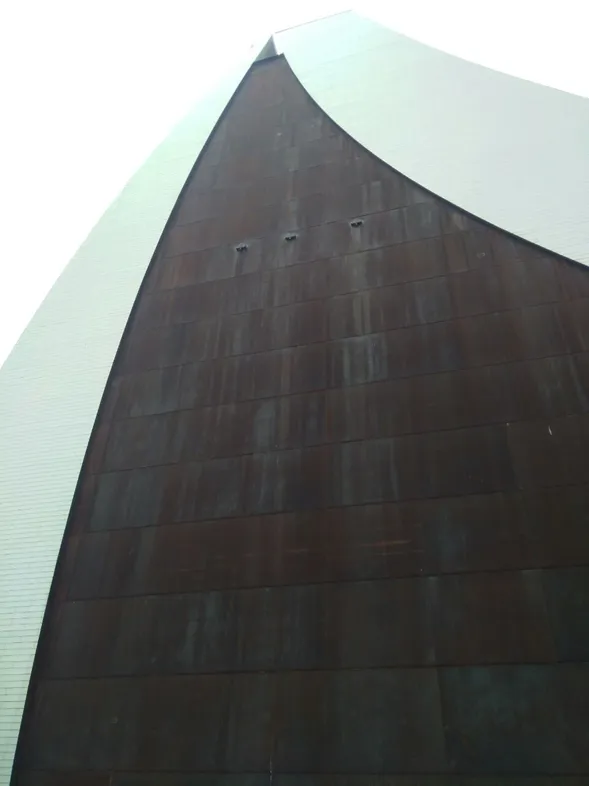
Este es el Mausoleo del Libertador construido desde finales del 2010 e inaugurado en 2013. Este se construyó con el fin de albergar los restos del libertador luego de ser exhumados en el 2010 y en esencia, que mayor cantidad de personas pudieran ser recibidas, cuando se realizara algún tipo de acto o para una afluencia aún mayor de turismo.
Esta estructura está recubierta de cerámica blanca y láminas de acero, es un poco más alta que el Panteón Nacional y ambas estructuras están conectadas por un túnel. No pudimos acceder tampoco a la estructura, de haberlo hecho, les hubiese presentado cada detalle que pudiera. Pero, si quieren saber más de esta estructura les dejo este artículo
This is the Mausoleum of the Liberator built since late 2010 and inaugurated in 2013. This was built in order to house the remains of the liberator after being exhumed in 2010 and in essence, that more people could be received, when some kind of act was performed or for an even greater influx of tourism.
This structure is covered with white ceramic and steel sheets, it is a little higher than the National Pantheon and both structures are connected by a tunnel. We were not able to access the structure either, if we had, I would have shown you every detail I could. But, if you want to know more about this structure I leave you this article sorry it is only in Spanish.
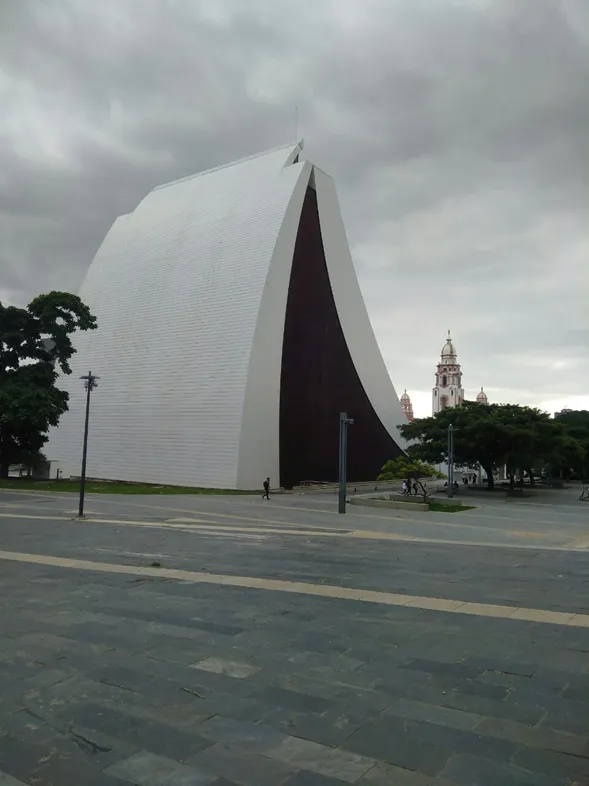
Con esta magnífica foto del Mausoleo y del Panteón Nacional termino mi post, pero no antes de unas breves palabras.
Este fue un magnífico día, mi hermana, mi sobrino y yo lo disfrutamos mucho. De verdad mientras caminaba tan cerca del Panteón Nacional, sentí el lugar muy especial. No sé si pueda explicarlo, pero es hacer más tangible la historia, ya no solo está en un libro, o en el internet. Estuve ahí, sentí esa energía, recordé mi pasado y aunque sé que muchos de esos próceres no necesariamente caminaron por ahí, sé que están ahí, no están perdidos, no están olvidados.
Fue un momento de reencuentro con la historia, un momento en el que Bolívar de verdad fue un ejemplo a seguir, fue un gran héroe para Venezuela y muchos otros países. Fue mucho más que un simple papel. Me dio mucho alivio que estos lugares existan, porque ratifican nuestra historia, nos dicen, mira aquí está Bolívar, aquí está Páez, está Pedro Camejo, ellos de verdad hicieron lo que hicieron, ya la historia no solo son palabras. También es increíble verlo y saber que existe una bóveda como esta que almacena nuestra historia, nuestro ADN y nuestra esencia.
Muchas gracias y hasta luego.
With this magnificent photo of the Mausoleum and the National Pantheon I end my post, but not before a few brief words.
This was a magnificent day, my sister, my nephew and I enjoyed it very much. Truly while walking so close to the National Pantheon, I felt the place very special. I don't know if I can explain it, but it is making history more tangible, it is no longer just in a book, or on the internet. I was there, I felt that energy, I remembered my past and although I know that many of those heroes did not necessarily walk there, I know they are there, they are not lost, they are not forgotten.
It was a moment of reunion with history, a moment in which Bolivar was truly an example to follow, he was a great hero for Venezuela and many other countries. It was much more than just a piece of paper. I was very relieved that these places exist, because they ratify our history, they tell us, look here is Bolivar, here is Paez, here is Pedro Camejo, they really did what they did, history is not only words. It is also incredible to see it and to know that there is a vault like this that stores our history, our DNA and our essence.
Thank you very much and see you later.
- Todas las fotos fueron tomadas con un celular marca Kodak
- All photos were taken with a Kodak cell phone.
